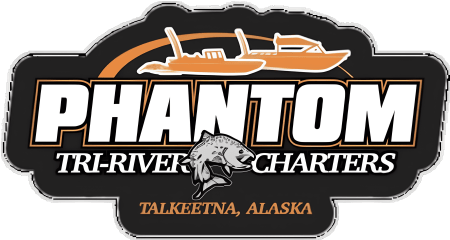Get Ready for Your Next River Fishing Trip!
River fishing tours in Alaska are some of the most relaxing and beautiful experiences one can have outdoors. While the ocean is a great place to catch giant fish in Alaska, the rivers are also abundant in fish and have the advantage of being less impacted by bad weather.
Here are some tips for planning river fishing trips in Alaska. And remember: If you’re unfamiliar with the area, it can be extremely helpful to hire an experienced guide for Alaska fishing tours.
What you’ll need
Freshwater fishing is a bit different than saltwater fishing. The tackle required is usually more lightweight, for starters, and you may find yourself using more lures in the river than you would on the open ocean. You can find all the necessary equipment at a local fishing tackle store, and sometimes it’s even available to rent if you prefer not to travel with all the gear.
You will also need a fishing license. For most Alaskan residents, an annual sport fishing license is $20, with a $10 extra charge for a king salmon stamp. Nonresidents can obtain fishing licenses for one, three, 7 or 14 days, as well as an annual license. The cost for these runs between $15 and $100. King salmon stamps run between $15 and $100 extra for nonresidents.
Finding fish on the river
There are plenty of fish in the rivers of Alaska, but it can be helpful to know where to look for them. Of course, anywhere fish are hanging out is a good place to toss a lure or drop some bait, but the best of the best spots are where the fish will not only be hanging out but looking for food as well. Here are some tips on the most likely places to find fish in the rivers of Alaska:
- Merging currents: Look for a spot where two bodies of flowing water meet up. Food is carried by flowing water, and these merging streams of flowing water will contain twice as much food, making for a great place to find hungry fish.
- Eddies: This is an area where fast-moving water flows into a little inlet, called an eddy. The slowing down of the water creates a whirlpool that stirs up food and draws in bigger fish.
- Rock pockets: In a flowing river, the area behind a large rock or boulder is a nice, calm spot where fish like to hang out. Try casting your line there.
- Outer bends: When a river bends, the outer edge of the bend moves the fastest and therefore carries the most food. Fish know this and will sometimes hang out in these areas looking for a meal.
Trust your guide
There’s no substitute for experience when it comes to finding fish, and that goes double for local experience. When you’re ready to plan fishing trips in Alaska, reach out to the experienced professionals at Phantom Tri-River Charters to start making a lifetime of exciting and fun fishing memories. We look forward to welcoming you on one of our charters!
